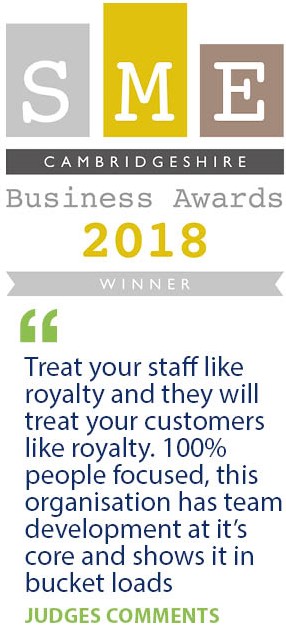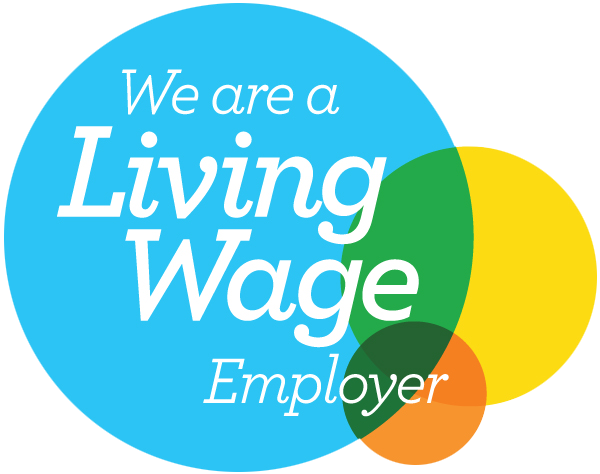
There are several elements to any reward strategy, most of which are actioned when a person has begun their employment. One such strategy is a total rewards statement, but what makes this approach different from the rest is that it can be worked into your recruitment strategy template to help you attract the best talent to your workforce.
In an increasingly difficult jobs market where there are more jobs than candidates, employers need to do everything they can to make themselves appealing to prospective employees. This means looking at recruitment and retention strategies – something that total reward statements encapsulates in one fell swoop.
In short, a total reward statement is when employers collate all the benefits and perks each employee has received from the company since starting their employment. This means looking at salaries, pensions, bonuses, development opportunities, and any other benefits that employees are entitled to during their employment with a business. This can be split into three sections: base pay (the salary each employee receives), benefits (things like holidays, healthcare schemes, and childcare vouchers), and engagement (training courses, progression opportunities, and recognition for good work/long service).
Each perk or benefit should be clearly explained within the total reward statement to make it clear to each employee just what they’re getting in return for their hard work. This, in turn, should emphasise to employees all that they receive from their employer, but it also opens up the conversation about what else they might find useful as part of their employment to help boost engagement. This goes a long way to maintaining a good employee retention rate.
It is clear to see how total reward statements work for retention purposes, but what about recruitment? Over the last few years, what employees are looking for from their employer has changed. Where salary was once the be all and end all, this is no longer the case - especially since the Covid-19 pandemic changed the way we work and lead to the Great Resignation as many employees realised they were being undercompensated for their work.
This has caused a slight phenomenon in the recruitment industry whereby there are more vacancies than prospective candidates, making it all the more difficult for employers to fill empty roles. Given the shifting focus from purely monetary benefits to company culture and added benefits, total reward statements can be used to drill down effective employee recruitment strategies, and here’s how.
One of the key things new recruits look for is a good reputation. If a business has a high employee turnover, word will make its way round. There are numerous employee review sites where former workers can give an insight into how they found working at a specific company, good or bad. Common negative themes include things like micromanagement or poor pay, but benefits packages are increasingly being called into question.
By completing total reward statements, it’s clear to your employees what they’re getting, and when employment reviews are being left, these perks will no doubt be listed. If a company becomes well known for its generous bonus schemes, positive reinforcement approach, and added extras like a gym membership for each worker, prospective employees will hear about it and this could attract them to apply for your business over your competitors, giving you a head start in your recruitment approach.
In contrast, if an employee isn’t clear on exactly what they’re getting from their employer in the way of rewards, this could affect their overall opinion on the company they work for; potentially hindering effective recruitment strategies and practices moving forwards.
The best recruitment strategies are those that are completely transparent. The recruitment process can be lengthy and time-consuming for employers, and the running of a department or company overall can be greatly hindered the longer a role remains vacant. One of the best ways to make the recruitment process more efficient is to clearly list what a candidate can expect should they take the job.
Job boards give you an opportunity to list the salary associated with a specific role, but listing the added rewards offered by your company is a great way to capture the company culture and showcase your commitment to your employees. If you offer growth and development opportunities, make sure you list this. In a likely manner, be sure to highlight things like healthcare packages, commuting incentives, regular employment catch ups, and anything else you have on offer. This will show your prospective candidates how competitive you are and how much investment you put into each employee, putting you in a favourable position to receive job applications.
By being transparent upfront, you also mitigate the risk of getting to the interview stage, only to find that your company culture isn’t compatible with a certain employee, therefore dragging out the recruitment process and leaving a job role vacant for longer.
In an increasingly difficult jobs market, it’s important that your company is in a favourable position when advertising a job role. Out of the box recruitment strategies can work well to help you attract the best talent and drive forwards your employee retention, and intertwining total reward statements can really help with this.
If you need more guidance around total reward strategies, how to implement them, and how to work them into your recruitment approach, contact us and we’ll be happy to help.
Sign up for briefings on pay benchmarking, salary surveys, reward strategy and statistical updates.
sign up for updates
© Paydata Ltd 2025 All rights reserved.
Registered in England no: 3632206
VAT no: 728 0808 28
Paydata Ltd, 24 Commerce Road, Lynch Wood, Peterborough, Cambridgeshire, PE2 6LR

